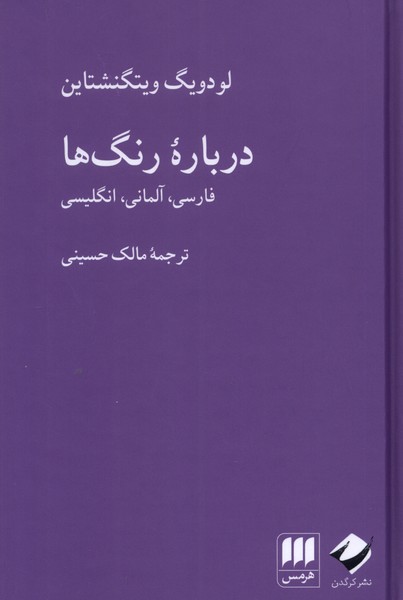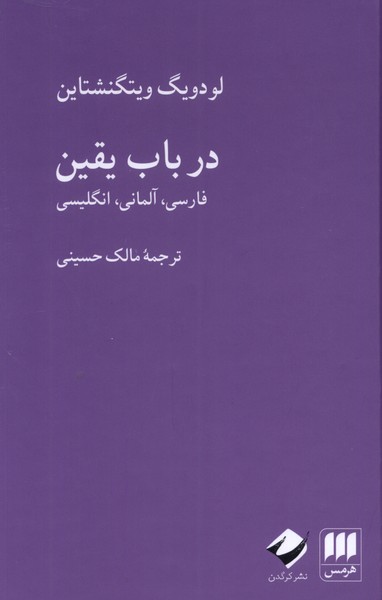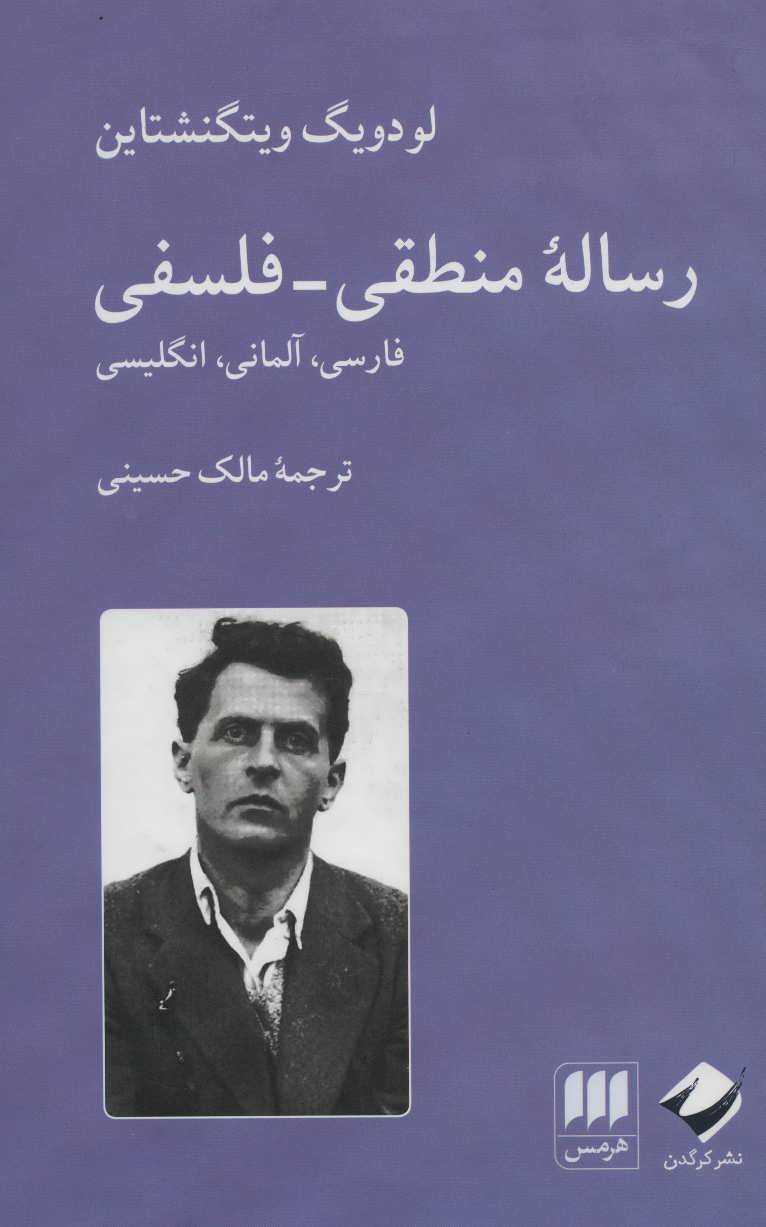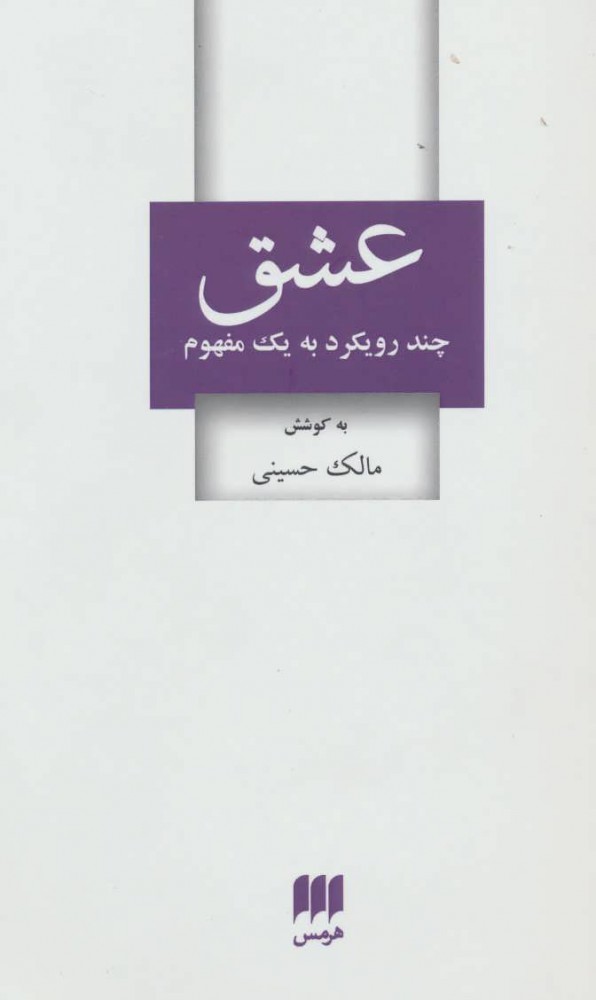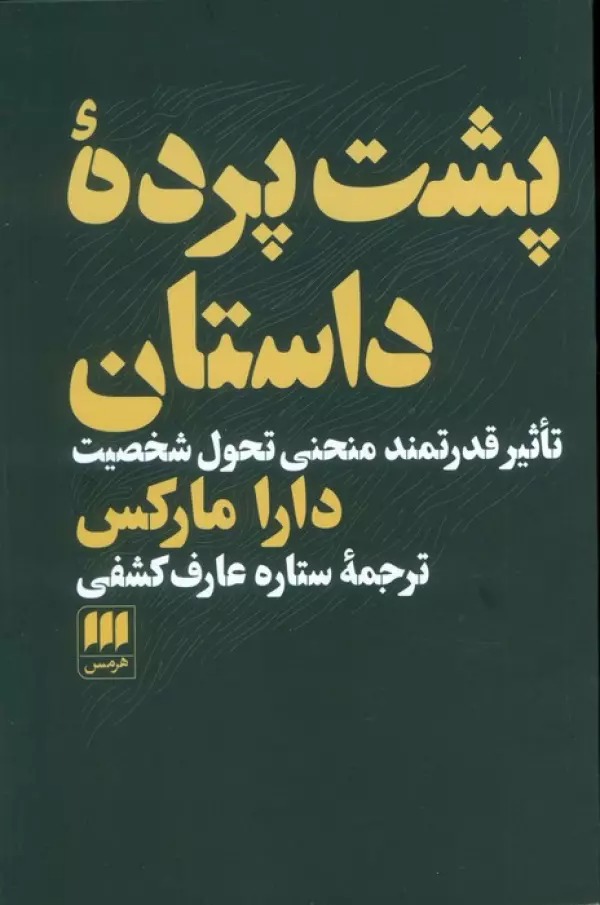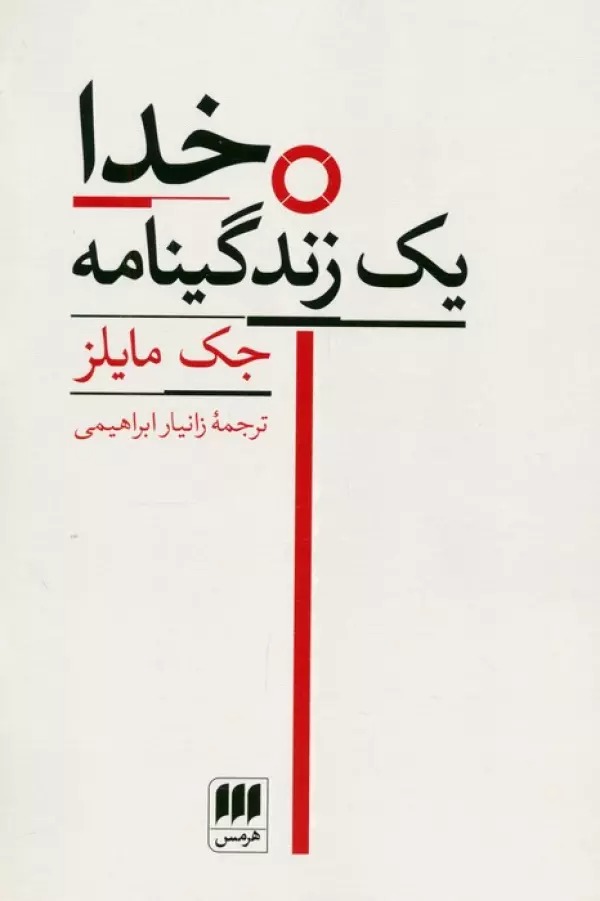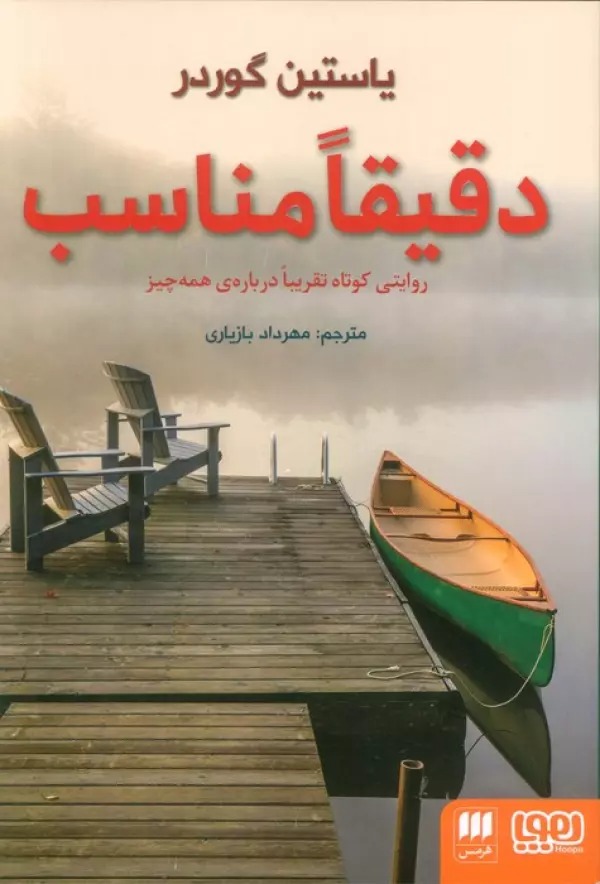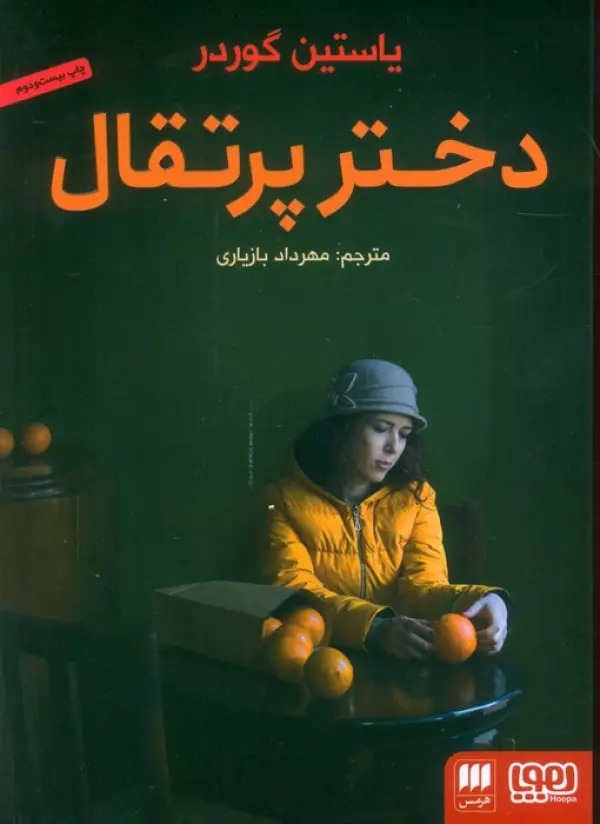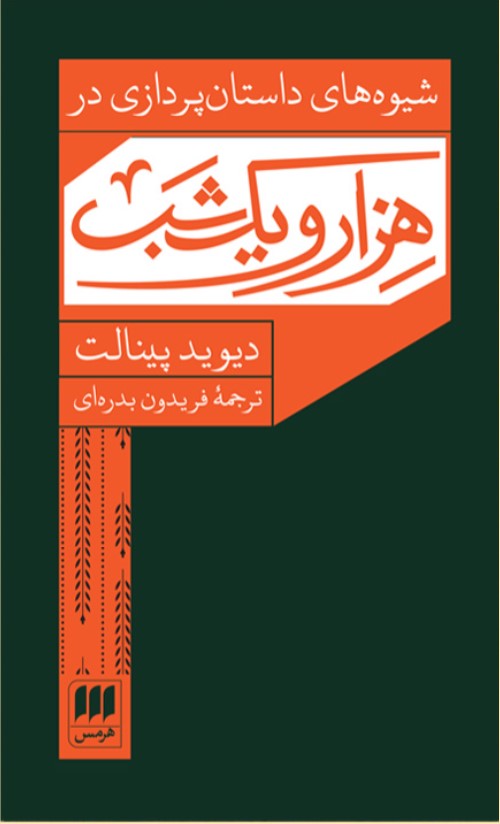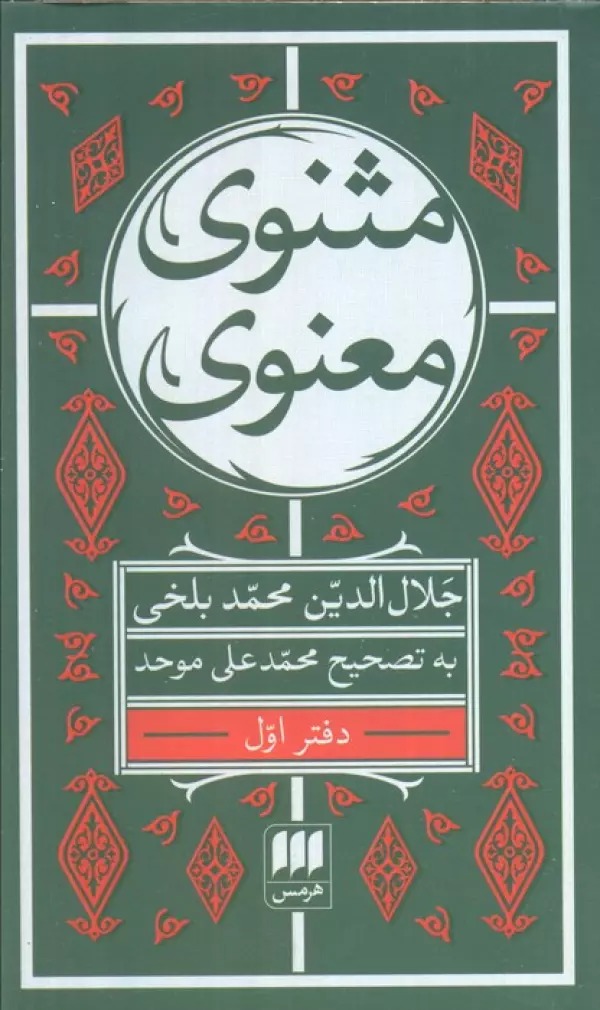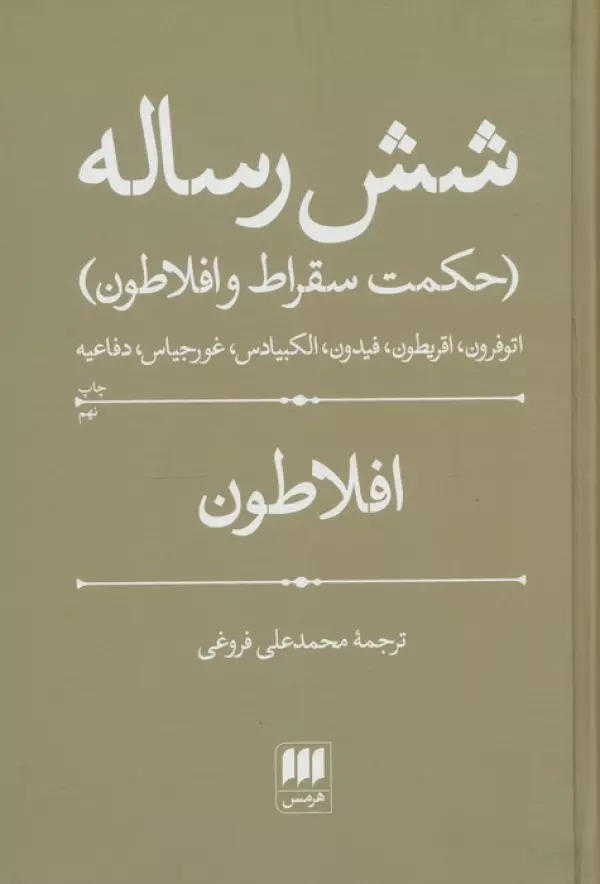Drabarah-yi rang'ha (3 zabanah): Persian 1402
دربارهی رنگها (3 زبانه)
215 SEK
Share
Wishlist
Original Title:
Bemerkungen uber die Farben
ISBN:
9786227765632
Translator:
Mālik Ḥusaynī
Age Group:
Adult
Pages:
188
Weight:
326 g
Dimensions:
14 x 21 cm
Book Cover:
Hard Cover
Believing that philosophical puzzles about color can only be solved by paying attention to language games, Wittgenstein used Goethe's propositions in Color Theory and the observations of Philipp Otto Color in an attempt to clarify the use of language about color in takes an opinion He also gives several examples of what we cannot but agree to say about colors, such as that green is not a combination of blue and yellow. It seems that an element of phenomenology is somehow involved here. Wittgenstein was interested in the fact that some propositions about color appear to be neither empirical nor precisely a priori, but somewhere in between, giving the impression of a Goethe-like phenomenology. However, Wittgenstein took the line, "in fact, there is no such thing as phenomenology, but there are phenomenological problems." He was content to treat Goethe's observations as a form of logic or geometry. Wittgenstein cites some of his examples from Rong's letter at the end of "Farbenlehre", for example: "white is the brightest color", "transparent white does not exist", "reddish green does not exist" etc. The logical status of these propositions in Wittgenstein's research, including their relation to physics, is discussed in detail in Jonathan Westphal's Color: A Philosophical Introduction (1991).
more
ویتگنشتاین با اعتقاد به این که معماهای فلسفی در مورد رنگ را تنها از طریق توجه به بازی های زبانی می توان حل کرد، گزاره های گوته در نظریه رنگ ها و مشاهدات فیلیپ اتو رانگ را در تلاش برای روشن کردن استفاده از زبان در مورد رنگ در نظر می گیرد. او همچنین نمونههای متعددی از مواردی را در نظر میگیرد که ما نمیتوانیم با آن موافقت نکنیم و در مورد رنگها بگوییم، مثلا سبز ترکیبی از آبی و زرد نیست. به نظر می رسد در اینجا عنصری از پدیدارشناسی به نوعی دخیل است. ویتگنشتاین به این واقعیت علاقه مند بود که برخی از گزاره ها در مورد رنگ ظاهرا نه تجربی و نه دقیقا پیشینی هستند، بلکه چیزی در این بین هستند که تصور نوعی پدیدارشناسی مانند گوته را ایجاد می کنند. با این حال، ویتگنشتاین این خط را اتخاذ کرد که «در واقع چیزی به نام پدیدارشناسی وجود ندارد، اما مشکلات پدیدارشناسی وجود دارد.» او راضی بود که مشاهدات گوته را نوعی منطق یا هندسه تلقی کند. ویتگنشتاین برخی از نمونه های خود را از نامه رونگ که در انتهای «فاربنلهره» آمده است، به عنوان مثال اینگونه بیان میکند: "سفید روشن ترین رنگ است"، "سفید شفاف وجود ندارد"، "سبز مایل به قرمز وجود ندارد" و غیره. وضعیت منطقی این گزاره ها در تحقیقات ویتگنشتاین، از جمله رابطه آنها با فیزیک، در کتاب رنگ: مقدمه فلسفی جاناتان وستفال (1991) به تفصیل مورد بحث قرار گرفت.
more

